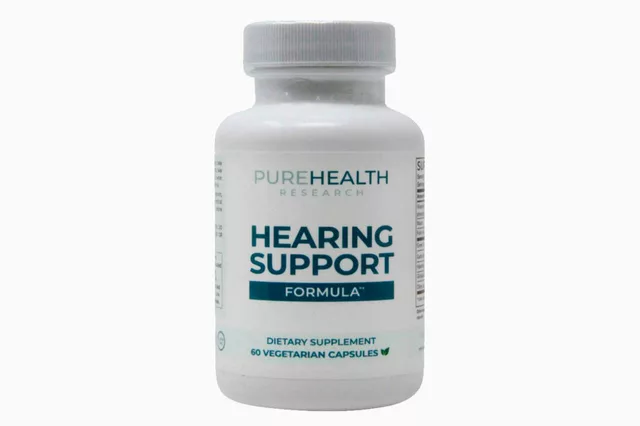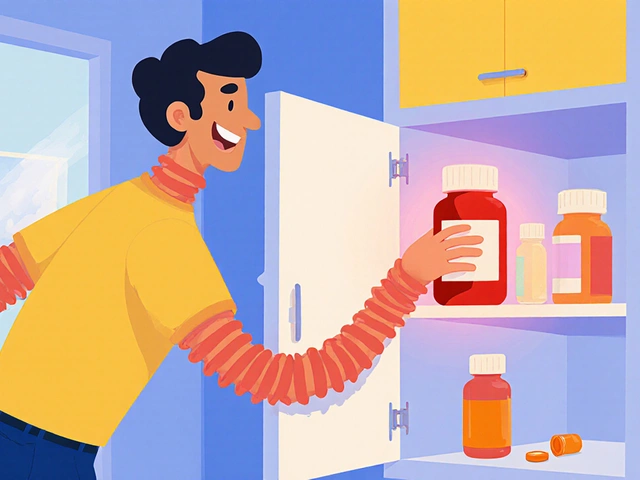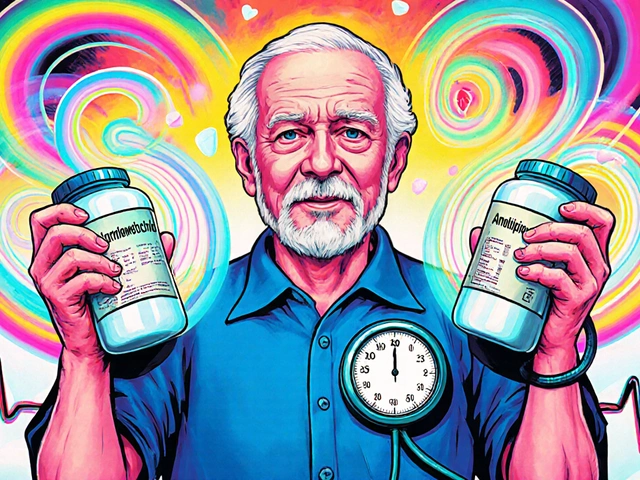Rhabdomyosarcoma: Overview & Treatment Insights
When dealing with rhabdomyosarcoma, a rare soft‑tissue sarcoma that primarily affects children and teenagers. Also known as RMS, it requires care from pediatric oncology specialists who coordinate multiple treatment modalities. The disease falls under the broader category of soft‑tissue sarcomas, and it includes two main histologic subtypes: embryonal, which is more common and often linked to favorable genetics, and alveolar, which carries a higher risk due to specific chromosomal translocations. Both subtypes can arise in the head‑neck region, the genitourinary tract, or the extremities, and each location influences surgical options and radiation planning.
rhabdomyosarcoma treatment hinges on a multimodal approach. First, chemotherapy is administered to shrink the tumor and target microscopic disease; standard regimens frequently combine vincristine, actinomycin‑D, and cyclophosphamide (VAC). Surgery follows when the tumor is resectable, aiming for clear margins while preserving function. When complete removal isn’t feasible, radiation therapy steps in to control residual cells, especially in head‑neck or parameningeal sites where surgical risk is high. Ongoing clinical trials explore targeted agents and immunotherapies that attack specific genetic drivers, offering hope for patients with high‑risk or relapsed disease. Throughout the process, multidisciplinary tumor boards assess imaging, pathology, and molecular data to tailor therapy, balancing cure rates with long‑term side‑effect management.
Prognosis varies widely: children with localized embryonal RMS often achieve five‑year survival above 80%, while those with metastatic alveolar RMS face much lower odds. Survivors need vigilant follow‑up for late effects such as endocrine disorders, growth issues, or secondary cancers, making survivorship clinics essential. Families also benefit from psychosocial support, nutrition counseling, and physical therapy to maintain quality of life during intensive treatment phases. Below you’ll find detailed articles on medications, side‑effect management, and emerging therapies that can help you navigate the complexities of rhabdomyosarcoma care. Dive into the collection to get practical guidance on drug choices, dosing strategies, and what to expect at each stage of treatment.
Rhabdomyosarcoma & the Arts: Creative Ways to Cope
Explore how creative activities like painting, music, writing, and movement help rhabdomyosarcoma patients cope, lower stress, and boost resilience.






